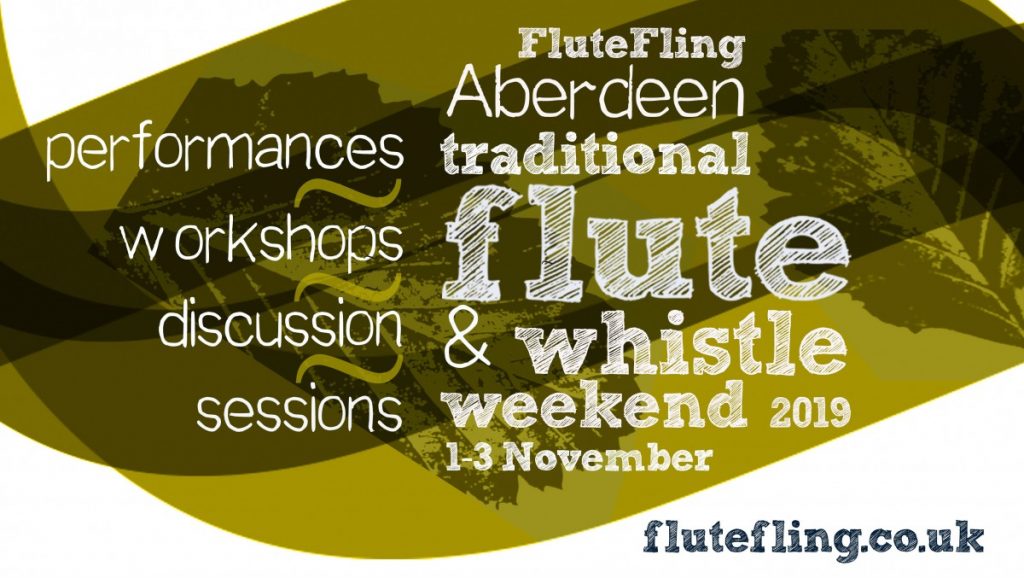The Autumn workshops got off to a fine start with a look at a pair of Irish polkas that I have been teaching for many years that make a great way to warm up.
Tune background
I learned Patrick O’Connor’s Polkas from a cassette recording of a County Cork band called The Monks of the Screw, who took their name from a drinking club (the screw in their name is a corkscrew). There’s an old web page on them here and you can hear snippets of the recording at Irishtune.info.
I have also recorded the version I wrote and will add sheet music to the Repertoire page. Polkas have an interesting history as a dance form and can found around the world. In Ireland, a distinction can be drawn between the polkas of the south west, in particular Cork and Kerry and the area around Sliabh Luachra, and those of the Connaught area (Mayo, Galway, Sligo, Leitrim, Roscommon) further north.
The Cork and Kerry polkas are played very briskly and often have an off-beat emphasis, while those of the Connaught area are more like marches in many ways. Indeed, some of the Irish polkas can be traced to Scottish 2/4 marches. Farewell to Whiskey and The Barren Rocks of Aden are two obvious examples. For this latter reason, I find the way of playing Irish polkas on the flute and whistle a useful in road to playing Scottish marches on those instruments.
Patrick O’Connor’s Polkas were originally collected in Ceol Rince na hÉireann vol 2 as untitled tunes and I reversed the order that they appeared there and in the recording as I preferred the contrast between the runs of the first and the more punchy jumps in the second. It turns out that the one we learned first is better known as the Anascaul Polka (notation and discussion on The Session), named after a village on the Dingle peninsular, whereas the other one has no other name of its own (notation and discussion on The Session).
Caution: The Session is a very useful website that I often refer to, but the notation and information can sometimes contain errors, so please refer to it with a pinch of salt
To my knowledge the tunes are not as widely known as they maybe should be. Perhaps their relative simplicity puts people off, but this also creates an opportunity to concentrate on playing techniques.
Techniques
We began by listening to the Annascaul Polka, which is constructed on simple runs up and down. In A Dorian (see here for some ready modes information) with A as the top note and G at the bottom, it sits within the bagpipe scale, hinting that it may even have been a bagpipe tune at one point. There is a C natural as it ascends, but this and the F# are missed on the descent, making it a little ambiguous. Patrick O’Connor’s No. 1 is more punchy within the same scale.
We then alternately sang and played that part of the tune to help root it and connect it to our breathing more directly. Singing the tune, no matter how quietly, helps to develop the ear and to find places to breathe. We also naturally articulate parts of the melody in diddling that can be referenced when playing our instruments, particularly the whistle or low whistle.
It is arguably present in Gaelic puirt à beul, here’s a direct Irish example:
On the flute, glottal stops are more common in Ireland for rhythm and articulation, but tonguing is sometimes subtly used and is generally associated with whistle playing.
We looked at generating pulse with breath and on the low whistle this proved to be subtle but effective.
We discussed cuts, strikes, rolls and crans and also what I call The Sylvain Barou Method for learning and developing them, which is described in this post from 2017.
Finally, we looked at some books to support our learning. Some of the stand-out ones are discussed in this post, to which I would add Steph Geremia’s Up She Flew, a CD with her accompanying book of transcriptions and notes. To date, the only book on the low whistle I am aware of is The Low Whistle Book by Steáfán Hannigan and David Ledsam.




